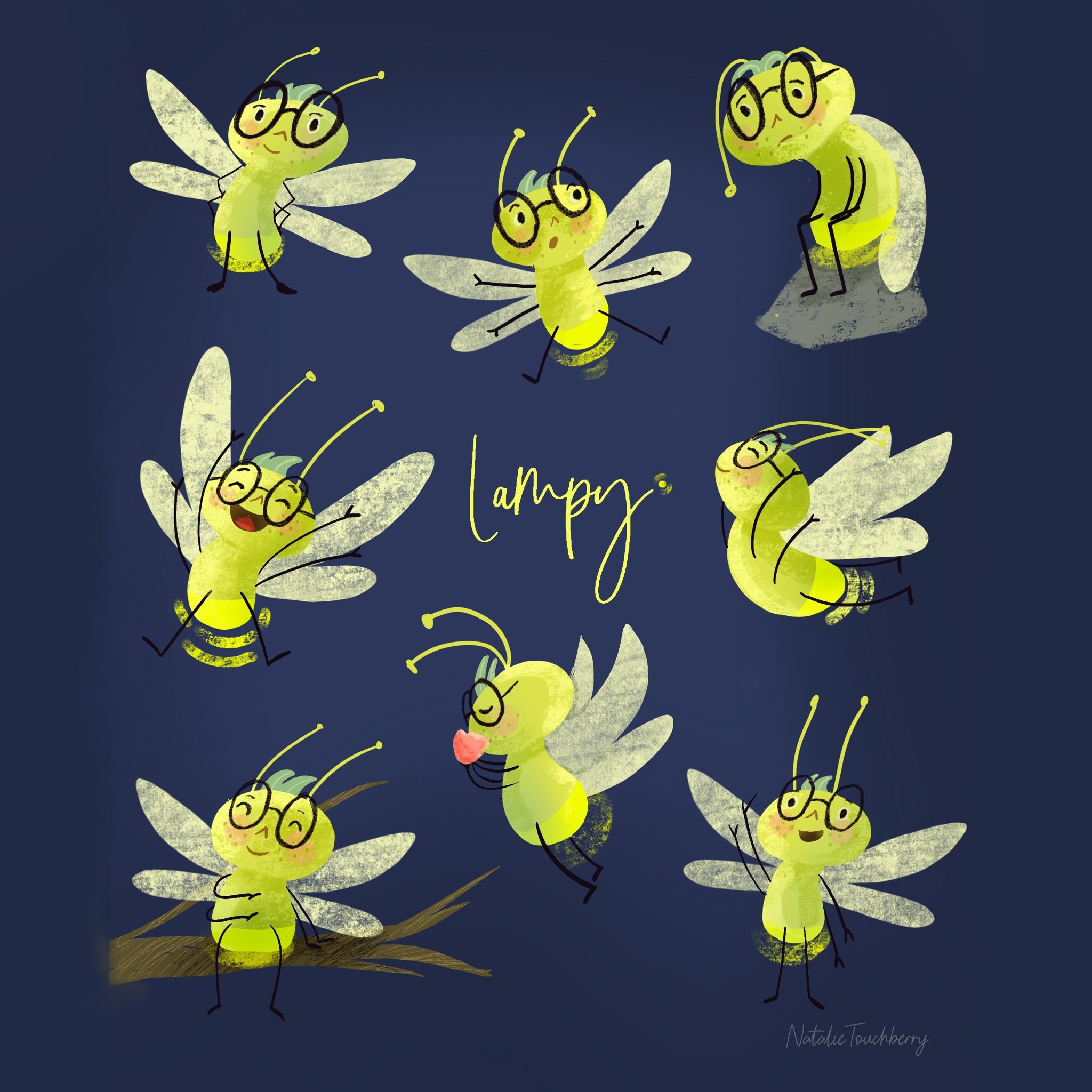My Portfolio’s Missing Pieces
Earlier this month, I attended a regional conference hosted by The Society of Children's Book Writers and Illustrators (SCBWI) in Golden, Colorado. As a first-time attendee, I was uncertain what to expect, but left elated, exhausted, and most importantly - educated!
I learned about the long (but hopeful) road to illustration (Your Five Year Map to an Illustration Career, by Heather Brockman Lee), how to create a strong cover (Designing and Illustrating Covers, by Kaz Windness), a mentor program I want to participate in, and how important it is to get feedback on work in progress (sidenote: I ended up becoming part of a critique group at the conference, which I'm so excited about).
My biggest takeaway was the realization that I need to revamp my portfolio if I want agents, art directors, and publishers to notice (and hire) me. I attended Thinking Visually: The Illustrator as Illuminator, led by Kristen Nobles (Kristen is currently an art director at Charlesbridge Publishing). Kristin pointed out what she looks for in a portfolio when selecting an illustrator, so I took notes, and created the list below in order to make pieces for my portfolio that meet this criteria. I hope my list helps other aspiring childrens book illustrators out there. For non-illustrators, it's an interesting peek into the world of childrens books and the breadth of subject matter illustrators must be capable of drawing.
So, what makes a good portfolio? Here's my list...
1) Include people and animals.
For people, make sure to include all ages, body types, and skin tones.
2) Create unique personalities!
Show personality through your character's clothes, accessories and shape language.
3) Demonstrate that you can draw your character accurately in a variety of poses.
Include a variety of expressions on your character (this means not just happy, smiling faces)
An old character of mine that needs a wider range of emotions (note all those happy smiling faces…oops).
I’ve found character sheets immensely helpful for character consistency. You’re essentially drawing your character from a variety of angles (I usually keep it to front, ¾, and side, but you could do more).
4) Create interactions, not “portraits”.
In other words, have your characters look at and interact with one another.
5) Illustrate small vignettes of life that give you an opportunity for emotion.
6) Include settings!
Indoor
Outdoor
Rural
Urban
I'm working through this list and adding these elements to my portfolio, so keep an eye out for new work!
If you’re looking for more detail or guidance, I also found this blog post about building a portfolio incredibly helpful.


